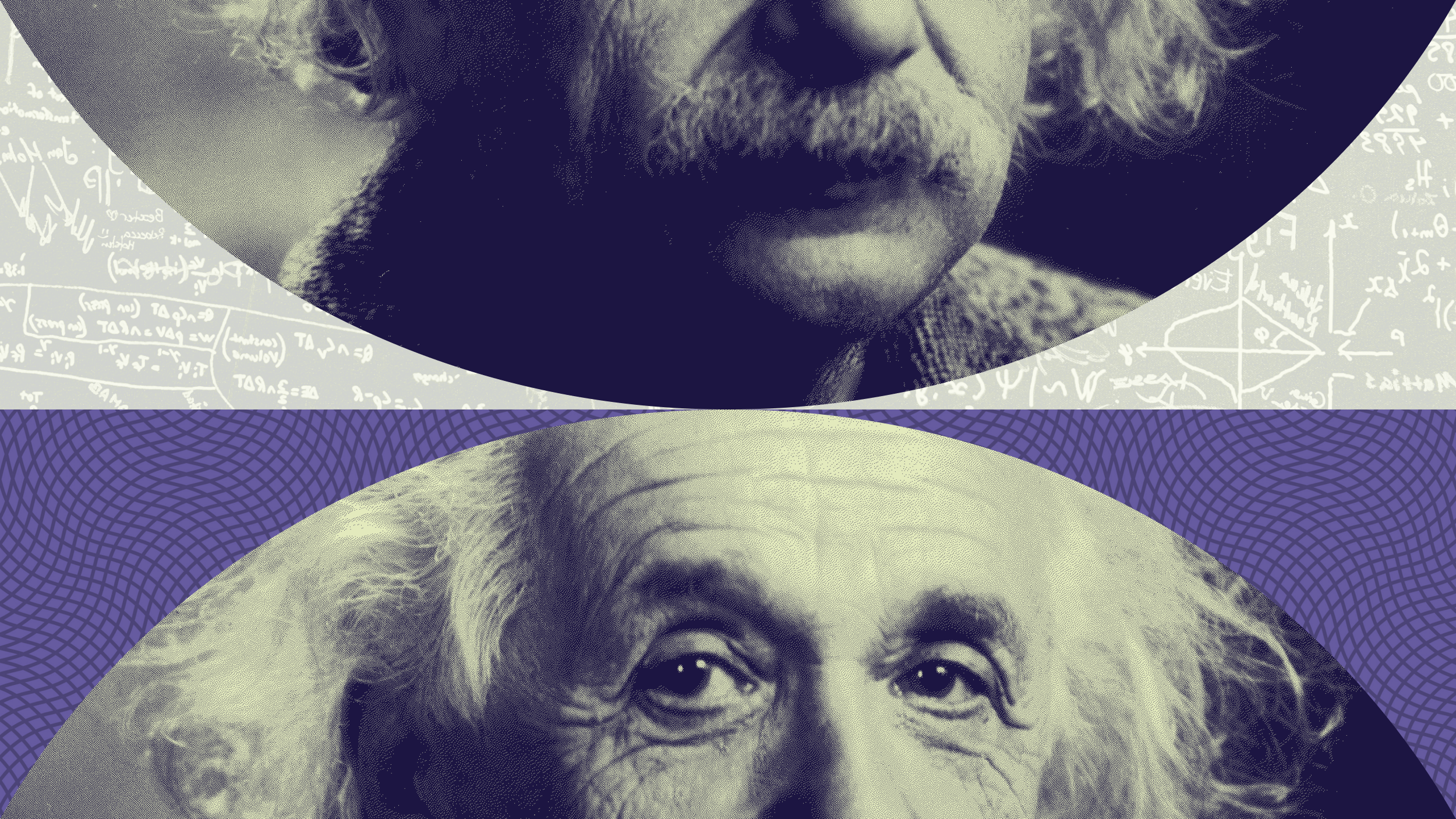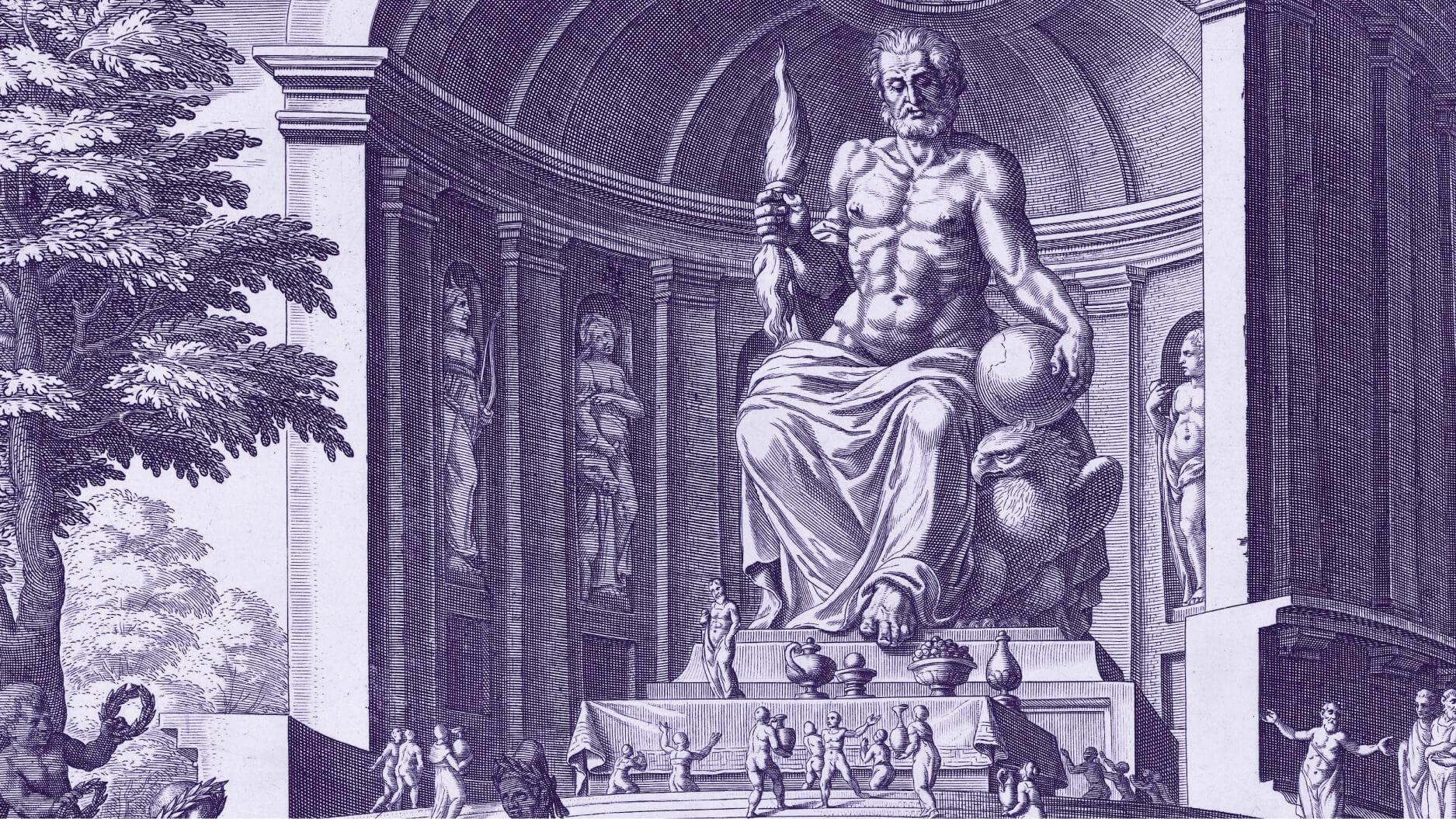Rethinking Innovation as an Investment in Customers, with Michael Schrage

Innovation expert Michael Schrage tackles the issue of human capital in today’s featured Big Think interview. We typically think of human capital as the value of people we employ. Schrage wants to flip that assumption on its head. In his book, Who Do You Want Your Customers to Become?, Schrage suggests that the real innovative solution for companies is to invest in the human capital of your customers:
In the video above, Schrage employs the example of Henry Ford to prove his point:
“Yes, Henry Ford transformed the factory-production system with mass production of the automobile, the Model T, the Model A, et cetera. And everybody celebrates that as a milestone in business history. I submit that economic historians, business historians, marketers missed the essential point. Henry Ford didn’t just enable the mass production of automobiles. He facilitated the mass creation of the human capital of driving.”
Ford didn’t just hire the best engineers who could develop the best product. He designed his entire empire around the concept of supplying a car for every household. By investing in the betterment of the public, Ford made an investment in the continuing success of his company and the industry as a whole. This concept applies also to the visionaries who foresaw a personal computer in every household or a smartphone in every jeans pocket. It applies to Mark Zuckerberg and others who found ways to make money off the social media revolution.
“What you’re trying to do is align an innovation investment that makes your customer measurably better in some way that matters to that customer, in some ways that matters to that client. But at the same time, you’re making that customer more valuable to themselves; you’re making them more valuable to you. By making them a better customer, you’re making them a better customer for you. Making customers better makes better customers.”
That’s Schrage’s challenge to companies. A successful innovation rebrands not just the product, but the customer as well. You change their lives for the better, anticipate their needs, and design requisite solutions. All you really have to ask yourself is, “Who do you want your customers to become?” And then make it so.





